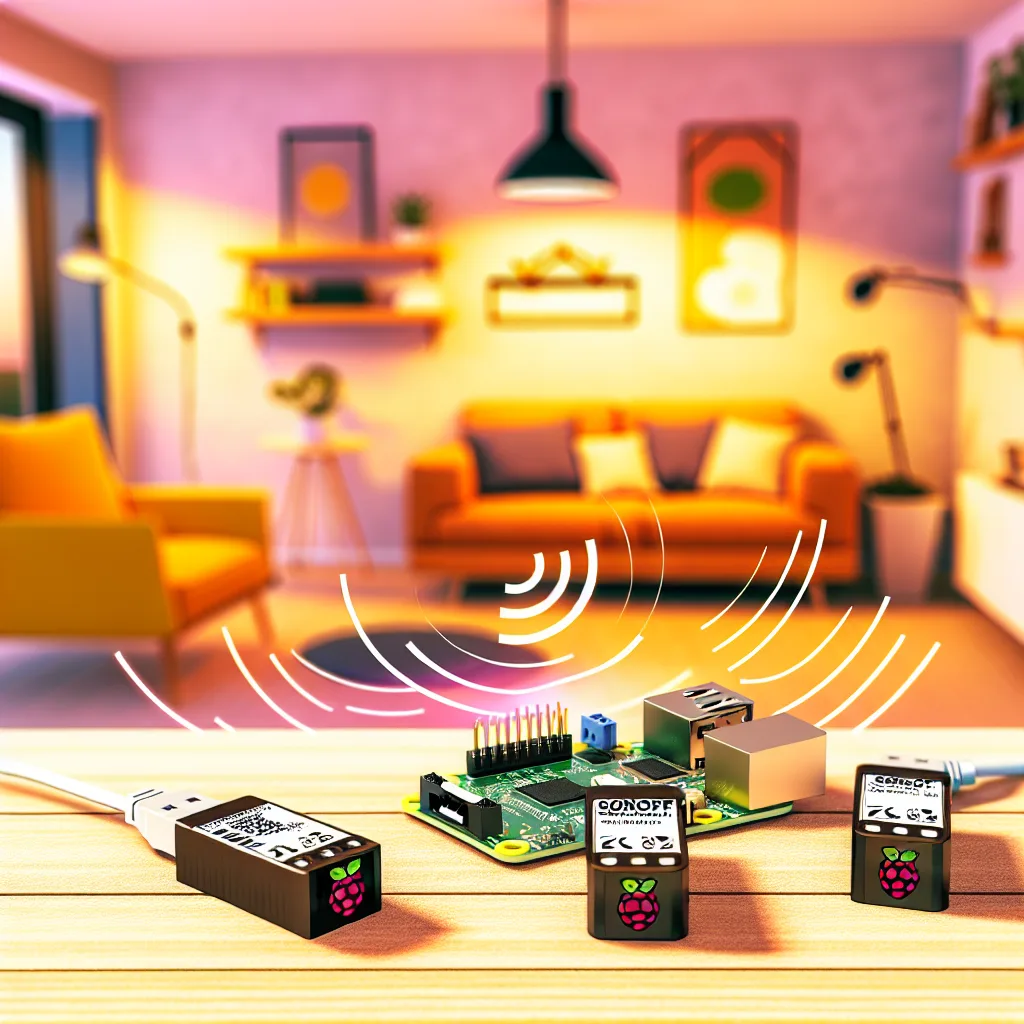Why upgrading your Zigbee dongle doesn’t always mean better range or connection quality
I’ve been running a smart home setup for a while, and like many enthusiasts, I rely heavily on Zigbee devices to keep everything connected. Recently, I decided to try a zigbee dongle upgrade by replacing my trusty Sonoff USB Zigbee dongle with an SLZB-MRW10, hoping to boost my network’s performance and explore new possibilities like Z-Wave and Matter protocols. But, honestly, the results caught me off guard — and not in the way I expected.
Why Consider a Zigbee Dongle Upgrade?
Starting back in 2023, my Raspberry Pi 5 hosted a Sonoff USB Zigbee dongle (available here) managing over 30 Zigbee devices. It was decent, but I’d faced hit-or-miss connectivity and range challenges. When I saw recommendations for the SLZB-MRW10, with promises of versatile protocol support and high-end features, I thought it was time for a change.
The SLZB-MRW10: More Expensive, But Better?
The SLZB-MRW10 comes at roughly double the price of the Sonoff dongle and sports larger physical antennas in a Power over Ethernet (PoE) configuration. I had high hopes that this would translate to a longer range and stronger signal, especially since both devices were placed similarly — on a shelf on my second floor. Plus, I made sure the antennas were connected correctly, with the 900 MHz antenna in the Z-Wave jack and the Zigbee/Thread antenna in its appropriate port.
However, I was surprised to find:
- The SLZB-MRW10’s Zigbee range felt significantly reduced, missing half my devices.
- The Link Quality Indicator (LQI) for devices it could connect to was noticeably lower than with my Sonoff dongle.
What Could Be Causing This Unexpected Performance?
Since the physical setup and antenna placement hadn’t changed, it made me wonder what else was at play. I haven’t tweaked the Zigbee channel settings yet, so that’s on my to-do list. Sometimes, interference on certain channels or conflicting frequencies can cripple range and quality.
It’s also worth pointing out that newer or more expensive equipment doesn’t automatically guarantee better performance in every environment. The SLZB-MRW10’s dual focus on Zigbee, Z-Wave, and Matter might complicate things, whereas the Sonoff dongle was dedicated purely to Zigbee.
Lessons Learned and Next Steps
Here’s what I’m taking away from this zigbee dongle upgrade journey:
- Testing matters: Don’t just swap hardware expecting magic. Test in your actual environment.
- Channel optimization: Changing your Zigbee channel could make a big difference in range and connection quality. Tools like Zigbee2MQTT or ZHA let you experiment.
- Know your setup: Antenna types, placement, and interference sources matter a lot.
- Cost doesn’t equal quality: Bigger price tags might buy versatility, but not necessarily better Zigbee signal.
If you’re considering a zigbee dongle upgrade, take my experience as a heads-up to research carefully and prepare for some trial and error. If you want to learn more about Zigbee technology and antennas, Silicon Labs and the Zigbee Alliance are great places to start.
Overall, this experience reminded me there’s always more to explore in smart home tech — even if sometimes it means stepping back to figure out why a new gadget isn’t quite fitting right. I’ll keep you posted on any changes I find after tweaking the Zigbee channels or trying alternate antenna setups!
